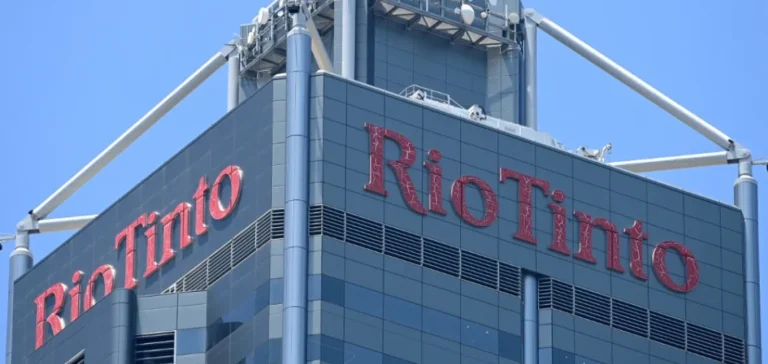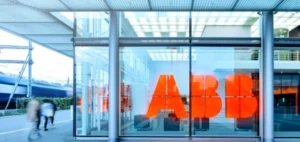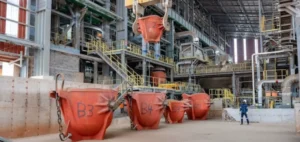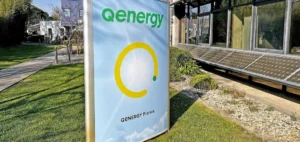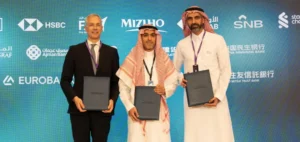Rio Tinto’s incoming chief executive officer will assume the role in a context marked by a valuation discount amounting to 40% of the net asset value estimated by Wood Mackenzie. The mining company has faced a regulatory restriction preventing any share buyback programme for five years, a crucial measure for cash management and capital allocation.
Removing regulatory barriers
According to James Whiteside, head of metals and mining corporate research at Wood Mackenzie, “Removing barriers to share buybacks must be a top priority for the new CEO, given the direct impact this has on all strategic decisions.” The regulatory obstacle, linked to the 14.99% ownership cap by Chinese firm Aluminium Corporation of China (Chinalco), has prevented buybacks since 2020. This situation thus limits Rio Tinto’s financial flexibility, despite the fact that buybacks could generate an internal rate of return of 16%, the highest among its industry peers.
Operational excellence and cost reduction
The second priority for the new CEO concerns immediate improvement in operational excellence. In its iron ore operations in Australia’s Pilbara region, Rio Tinto currently has a margin that is seven dollars per tonne lower than direct competitor BHP. According to Wood Mackenzie, reducing just half of this differential could deliver an annual EBITDA (Earnings before interest, taxes, depreciation and amortisation) gain of one billion dollars until 2030.
Optimising capital allocation strategy
Rio Tinto plans to invest more than its competitors over the next ten years, increasing its reinvestment rate from 40% to nearly 60% of operating cash flow. Key commitments include iron ore projects at Simandou in Guinea, the Oyu Tolgoi copper mines in Mongolia, and the recent acquisition of lithium assets from the company Arcadium for 6.7 billion dollars. This ambitious strategy presents challenges in terms of risk management and budget discipline, testing the limits of the company’s financial resilience.
Economic realism versus climate ambitions
The fourth priority involves assessing the economic realism of Rio Tinto’s target to reduce emissions by 50% by 2030, more ambitious than most of its competitors who target between 25% and 35%. However, with only 7% of its investment budget dedicated to decarbonisation, the company must rely on commercial solutions generating additional operating costs. The new CEO will have to decide whether to maintain or revise this target based on financial realities.
Mergers and acquisitions to boost copper growth
Finally, the last strategic priority focuses on potential major mergers and acquisitions to address an anticipated growth shortfall in the copper sector beyond 2028. The possibility of a merger with a player such as Glencore would enable Rio Tinto to achieve critical mass and strengthen its competitive position in equity and commodity markets. However, current valuation discounts limit the number of companies Rio Tinto could acquire profitably in a share-based transaction.
James Whiteside summarises: “Historically, Rio Tinto has distinguished itself by robust growth in its core production sectors. However, the current high pace of investment now necessitates rigorous choices in terms of capital management and expenditures, choices capable of swiftly improving the group’s stock market valuation.”


